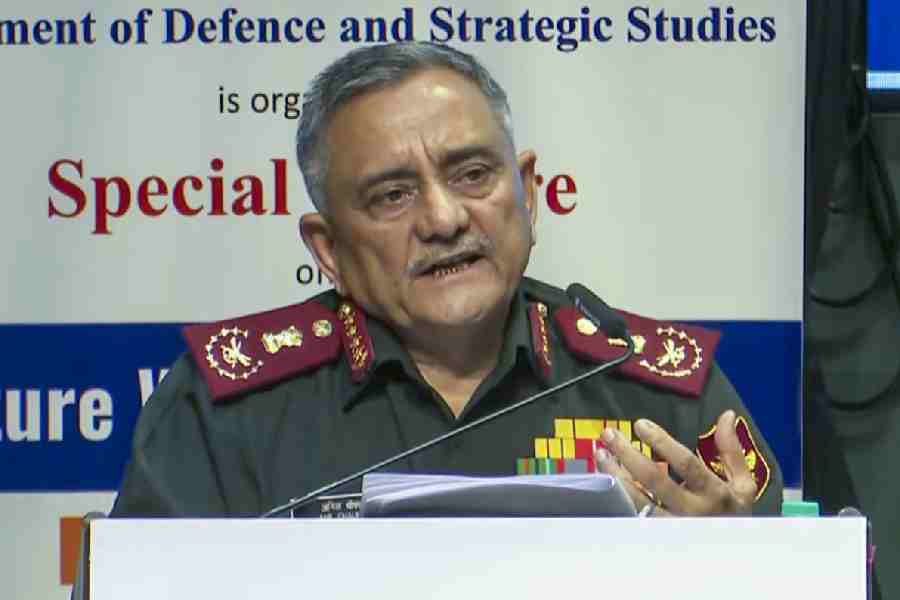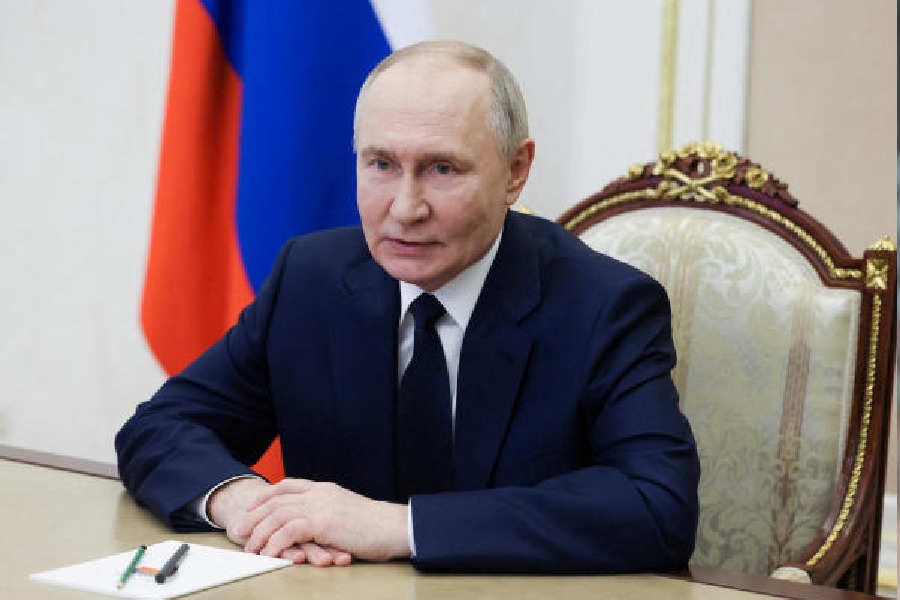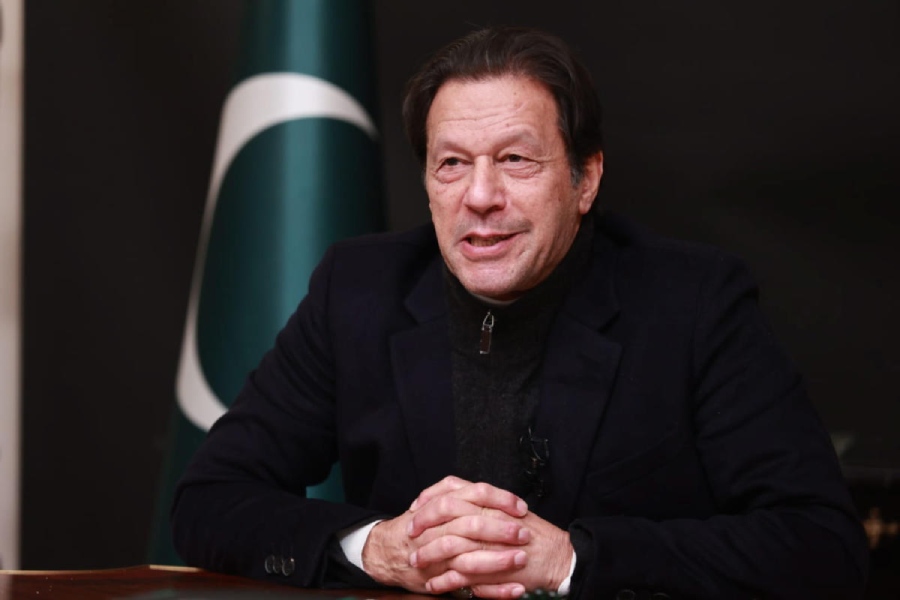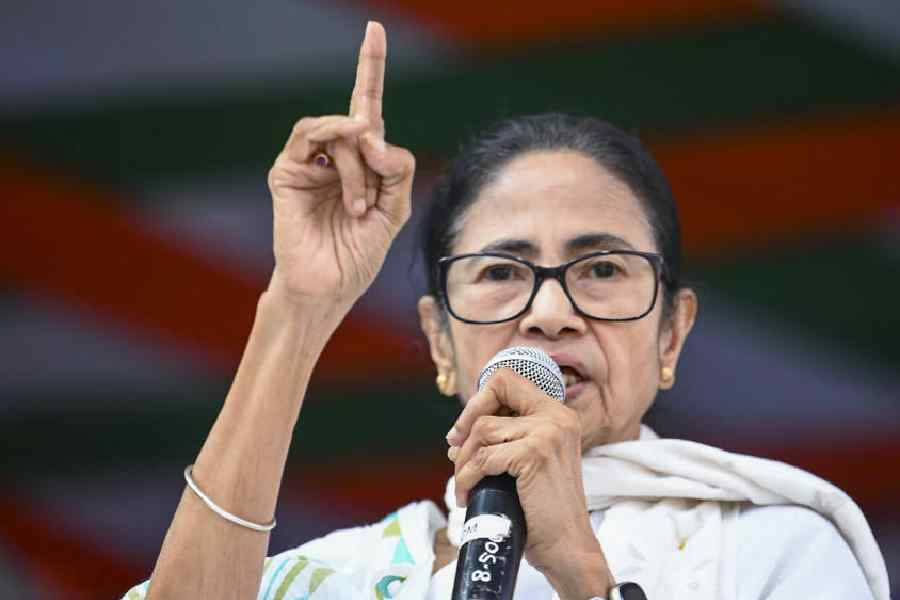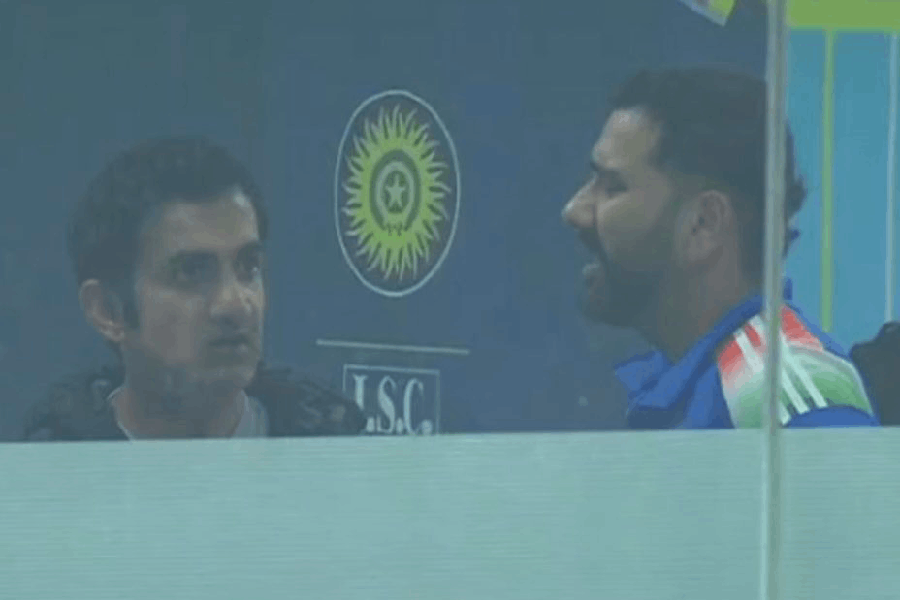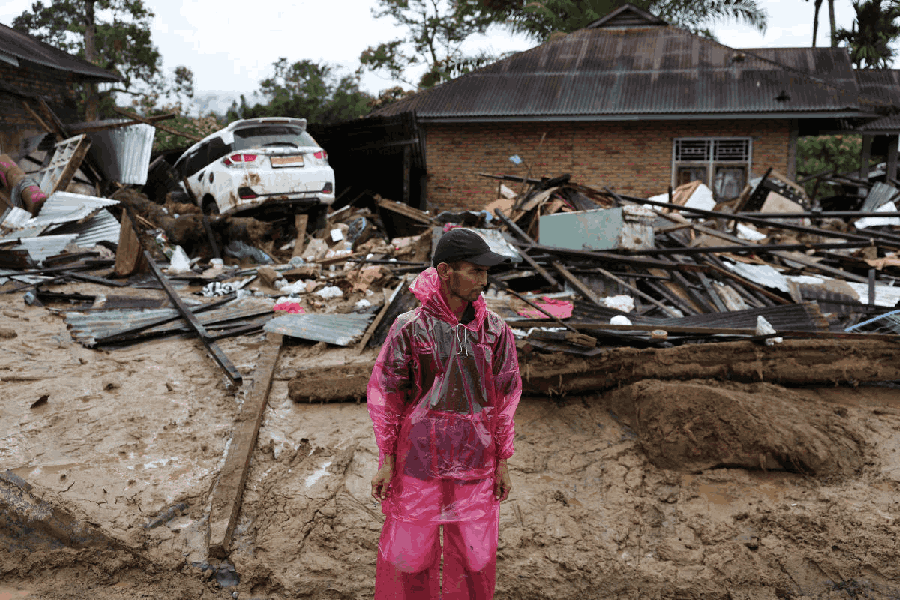Chief of Defence Staff (CDS) General Anil Chauhan on Tuesday said Operation Sindoor was a modern conflict from which several lessons had been learnt.
He underlined the need for robust civil-military integration, citing the ongoing effort to develop the proposed Sudarshan Chakra — a homegrown missile defence system pitched as India’s own “Iron Dome” — that will not only neutralise the enemy’s attack but also hit back with force.
He said the air defence system, which would both work as “a shield and a sword” on the lines of Israel’s Iron Dome, would involve a great amount of integration of myriad capabilities, including sensors, missiles, surveillance apparatus and artificial intelligence tools.
During his Independence Day speech, Prime Minister Narendra Modi had announced the creation of a formidable military capability to defend India’s military and civilian installations against aerial attacks and set a 10-year deadline for developing an indigenous air defence shield integrated with offensive weapons under Mission Sudarshan Chakra.
Addressing the two-day Ran Samvad, a tri-services seminar on war, warfare and warfighting at the Army War College in Mhow, Madhya Pradesh, Chauhan said: “Operation Sindoor was a modern conflict from which we learned a number of lessons, and most of them are under implementation, some have been implemented. The operation is still on.”
On the proposed ambitious project, the top military officer said the aim was to develop a system to protect India’s strategic, civilian and nationally important sites. “India will have to look at multi-domain ISR (intelligence, surveillance and reconnaissance) and integration of a raft of sensors, including those deployed on land, air, maritime, undersea and space,” he said.
“It will entail the development of robust infrastructure and processes for the detection, acquisition and neutralisation of the enemy’s air vectors, including using both soft kills and hard kills, both kinetic and direct energy weapons.”
A colossal amount of integration will be required, as multiple fields will need to be networked, and the missile shield project will also have applications of artificial intelligence, advanced computation, data analytics, big data and quantum technologies, CDS Chauhan said.
“For a vast country like India, a project of this magnitude will require a whole-of-nation approach. But like always, I am very sure Indians will do it at a minimal and very affordable cost.”
Emphasising that battlefields of tomorrow will not recognise service boundaries, he called for swift and decisive joint responses across domains to ensure victory in future wars.
Underscoring the need for greater synergy among the three services as part of preparations to enhance India’s military might, he said: “India has always stood on the side of peace. We are a peace-loving nation, but don’t be mistaken, we cannot be pacifists. I think peace without power is utopian. I like to state a Latin quote which translates as, ‘If you want peace, prepare for war’,” CDS Chauhan said at the conclave.
The CDS pointed out that the idea of the conference was to create space for actual practitioners, especially young and middle-level officers, who are aware of technological advancements.
The two-day seminar brings serving military professionals to the forefront of strategic dialogue and seeks to explore how technological advancements are continuously changing the nature of warfare and how these changes affect operational planning, tactics and strategies.
Defence minister Rajnath Singh will deliver the plenary address on Wednesday. A few joint doctrines, a technology perspective and a capability roadmap will also be released during the event.

